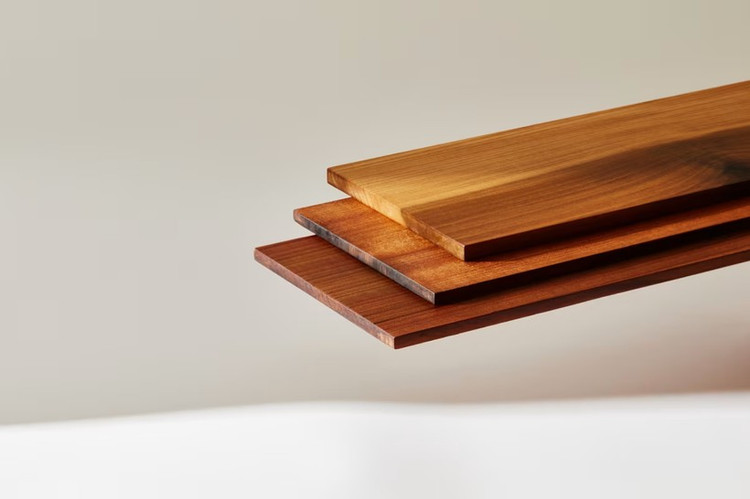
An American company has created a new type of wood that has a strength-to-weight ratio 10 times higher than steel, while also being up to 6 times lighter.
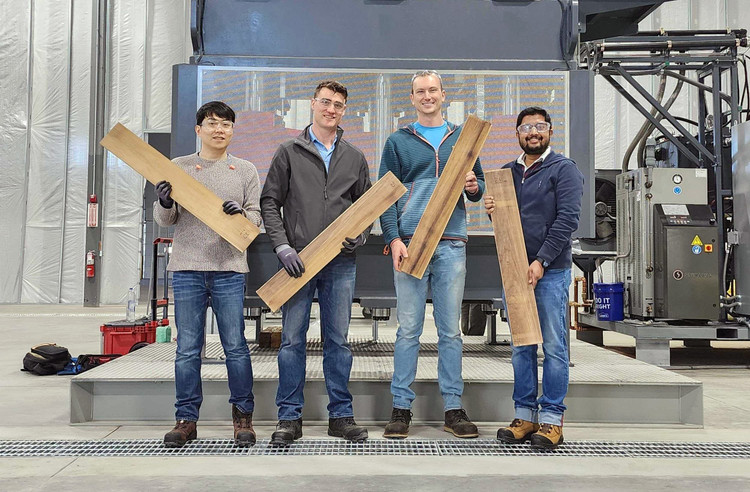
The product, called “Superwood,” has just been commercially launched by InventWood, a company co-founded by materials scientist Liangbing Hu.

More than a decade ago, Hu began his quest to redefine one of humanity’s oldest building materials. While working at the University of Maryland’s Center for Materials Innovation, Hu – now a professor at Yale – found a way to creatively restructure wood.
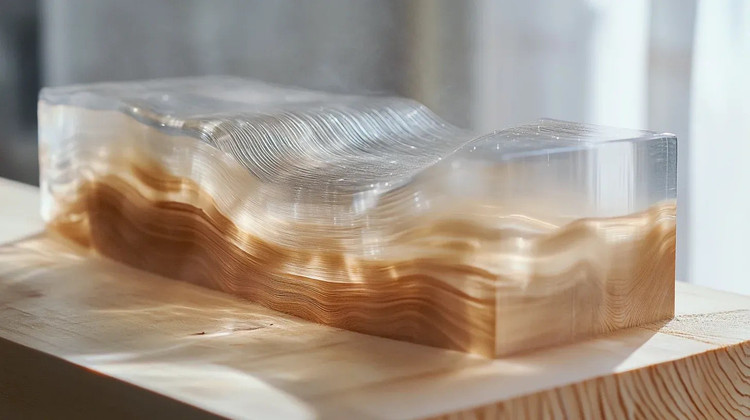
He has even made wood transparent by removing the lignin that gives it its color and strength. But his real goal is to strengthen it, based on cellulose, the main component of plant fibers and the most common biopolymer on the planet.
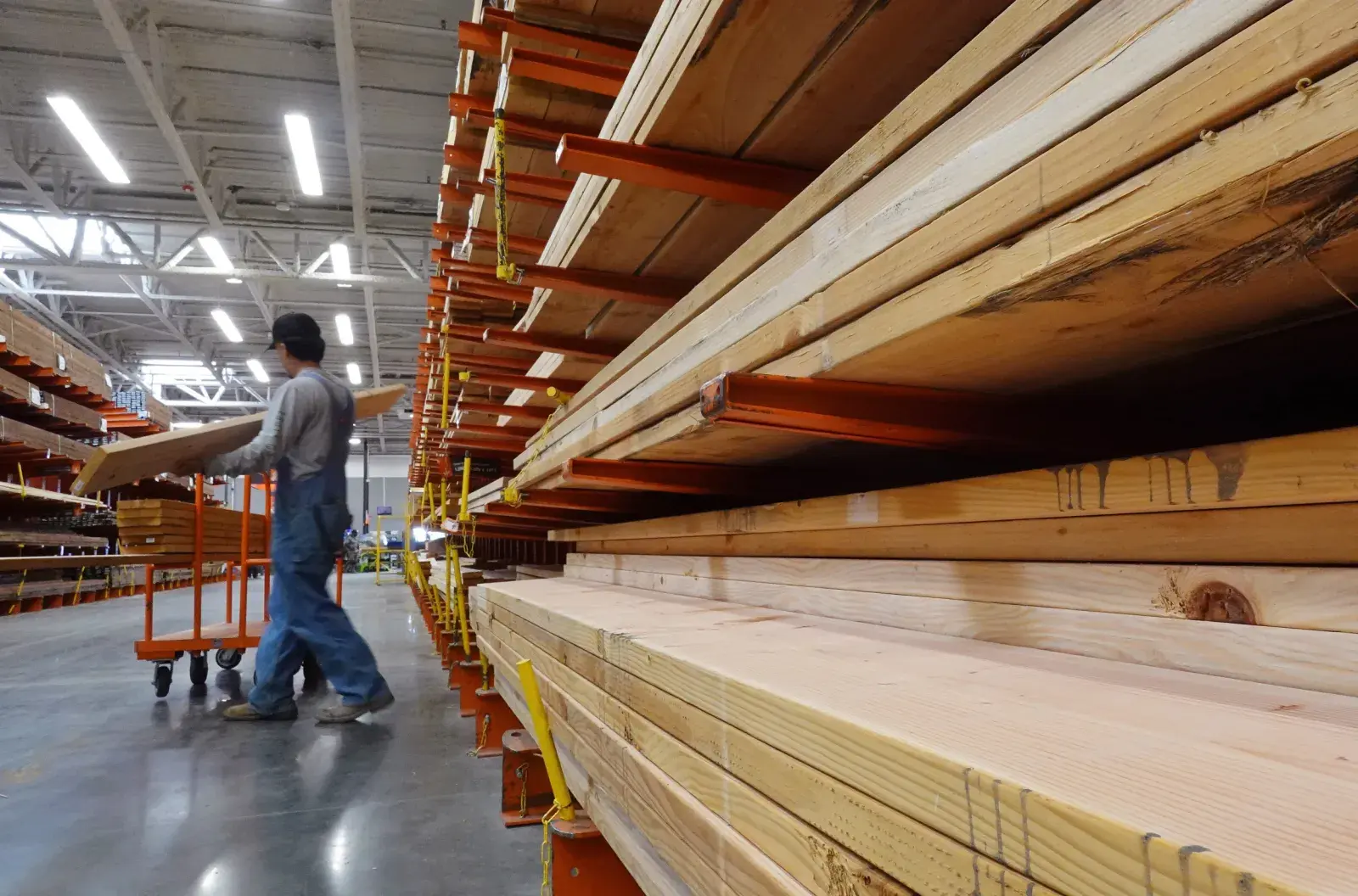
The breakthrough came in 2017, when Mr. Hu first reinforced natural wood with a chemical treatment to strengthen the cellulose, making it a better building material.
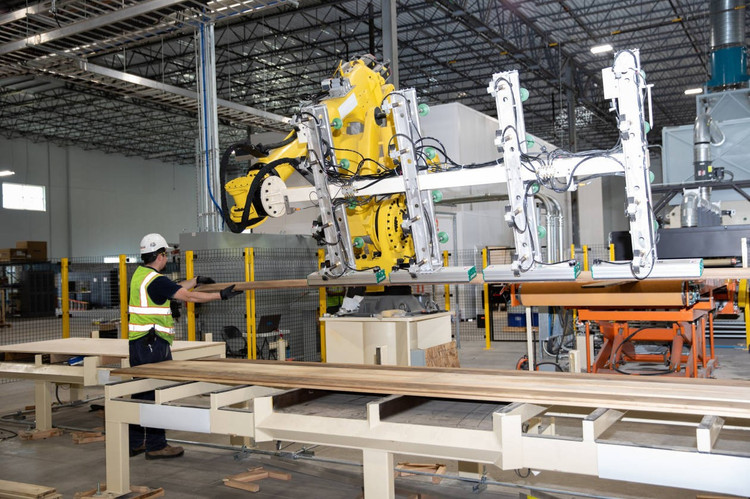
The process involves boiling the wood in a selective chemical solution, then hot pressing it at the cellular level, making it much denser. After a week, the result is a wood with a higher strength-to-weight ratio than most metals and structural alloys, according to research published in Nature.

Now, after years of improvement and more than 140 patents, Mr. Hu has brought Superwood to market. “Chemically and practically, it’s still wood,” says InventWood CEO Alex Lau. “But in construction, it can make buildings up to four times lighter, increase earthquake resistance, and reduce the load on foundations, making construction faster and easier.”
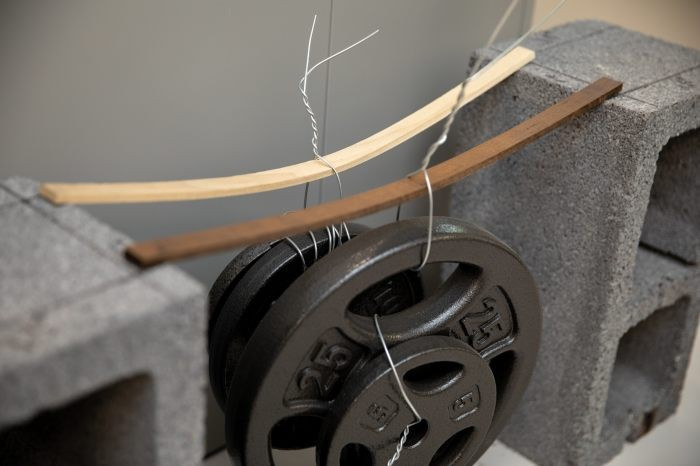
“It looks like wood, only stronger and better in every way we tested it,” Mr. Lau added.
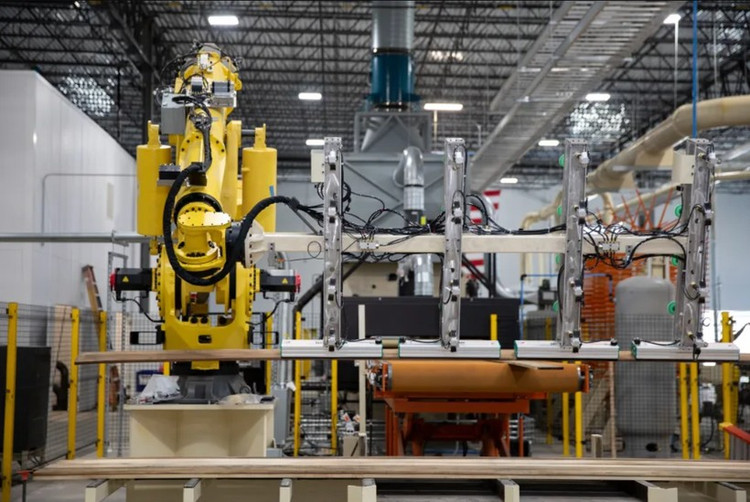
InventWood currently produces “superwood” at its Frederick, Maryland, plant. Although manufacturing times are now measured in hours rather than days, the company still needs time to scale up.
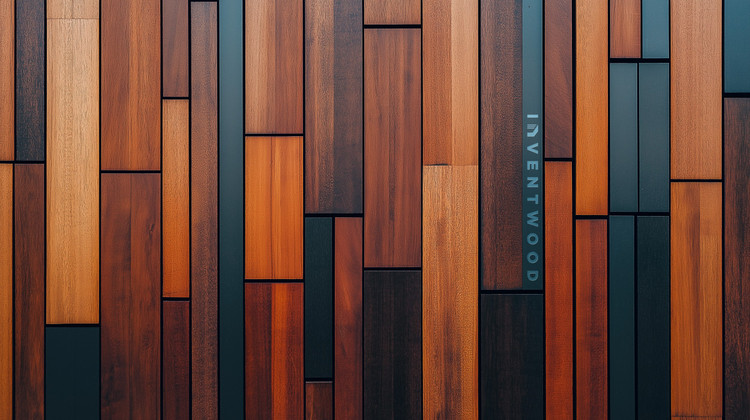
Initially, “superwood” will be used for outdoor applications such as decking and wall cladding, followed by interior applications such as paneling, flooring and furniture next year. “People often complain that wood deteriorates over time, usually because it warps or breaks at metal joints,” said Mr. Lau. “Superwood can replace metal parts, even nails, screws and bolts.”
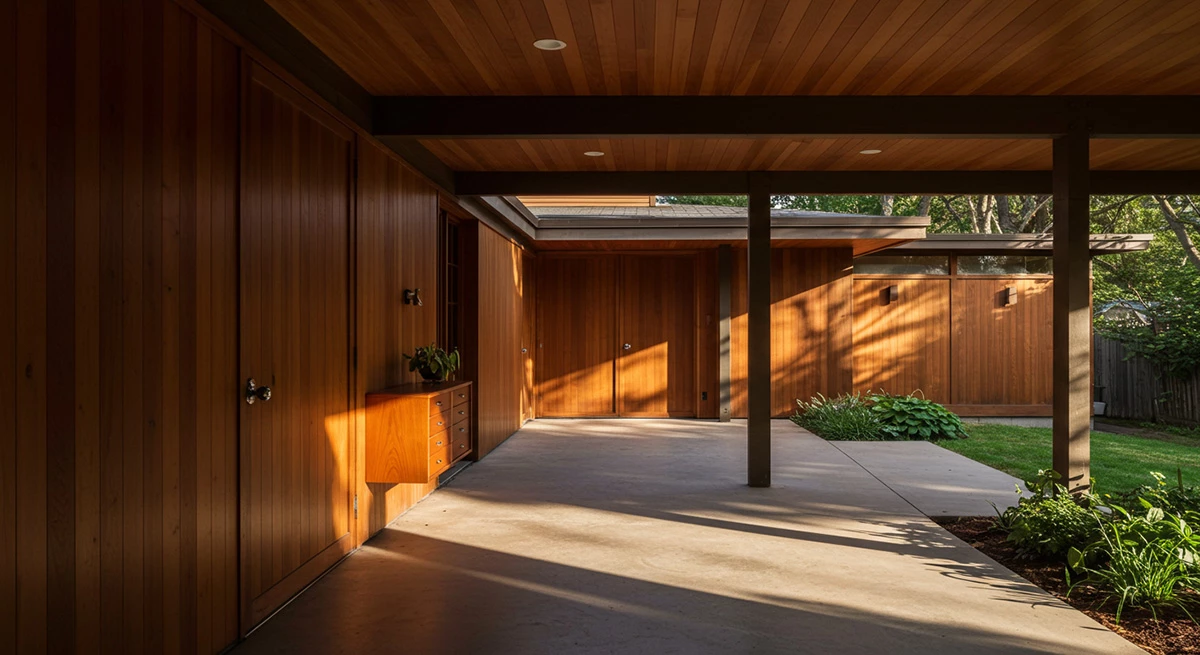
In the future, Mr. Lau believes that entire buildings could be constructed using Superwood, although that would require more testing. Similar to Mr. Hu’s original research, the wood is reinforced with a chemical process that changes the structure of the cellulose and is compressed so tightly that it does not bounce back.
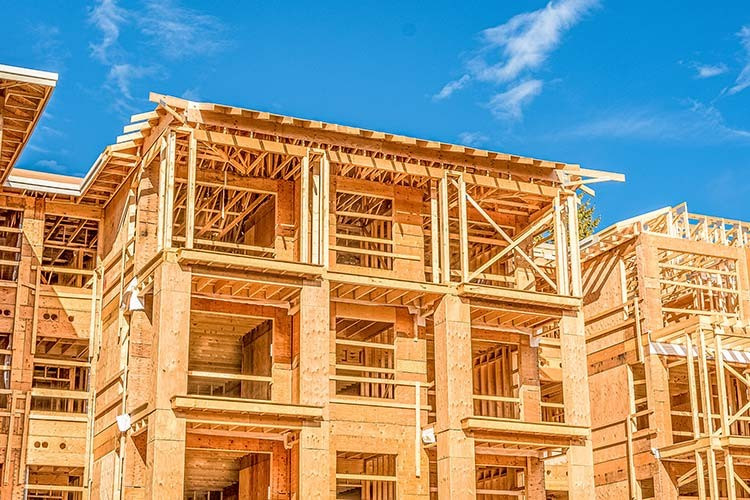
“In theory, we can use any type of wood,” Mr. Lau said. “In fact, we tried 19 different types of wood, including bamboo, and they all worked.”
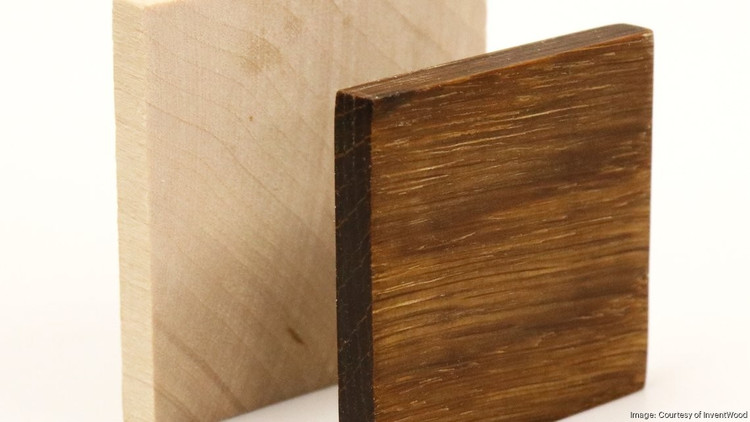
According to InventWood, “superwood” is 20 times stronger than regular wood and 10 times more resistant to dents thanks to its naturally compressed hollow structure. As a result, it is resistant to mold and insects, and scores highest in standard fire resistance tests.
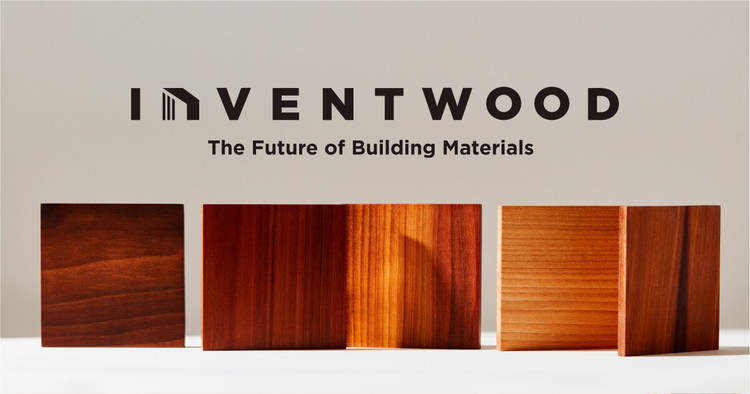
“Superwood” currently costs more than regular wood and its production has a larger carbon footprint, but Mr. Lau claims it is 90% less than steel. “Our goal is not to be cheaper than wood, but to compete directly with steel in large-scale production,” he said.
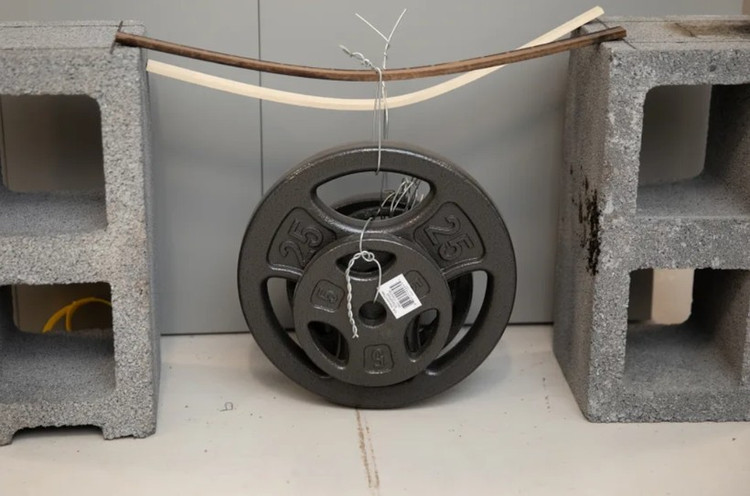
Other forms of engineered wood have long been used, but InventWood emphasizes that these are simply laminated timbers, not wood modified at the molecular level like “superwood.”

In recent years, the trend of building with wood has been strongly revived in the US. The city of Milwaukee – home to the world's tallest wooden tower (Ascent MKE, 87 m high) – has just announced plans to build a 183 m high wooden tower.

Engineered wood is now competitive with steel and concrete – the biggest barrier is the construction industry, which is conservative and slow to change. “To see more timber construction, we need better education , pilot projects and the right regulatory framework. But strong materials like superwood will open up new possibilities for modern timber architecture,” he said.
Source: https://khoahocdoisong.vn/sieu-go-ben-gap-10-nhung-lai-nhe-gap-6-lan-thep-post2149060932.html







![[Photo] Closing ceremony of the 18th Congress of Hanoi Party Committee](https://vphoto.vietnam.vn/thumb/1200x675/vietnam/resource/IMAGE/2025/10/17/1760704850107_ndo_br_1-jpg.webp)




















![[Photo] Nhan Dan Newspaper launches “Fatherland in the Heart: The Concert Film”](https://vphoto.vietnam.vn/thumb/1200x675/vietnam/resource/IMAGE/2025/10/16/1760622132545_thiet-ke-chua-co-ten-36-png.webp)






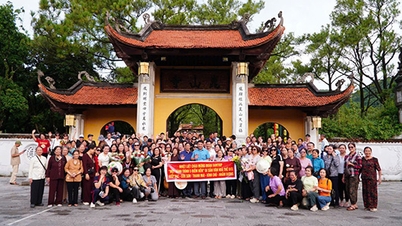






































































Comment (0)